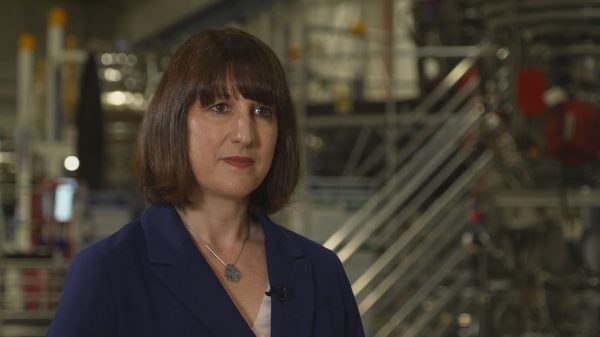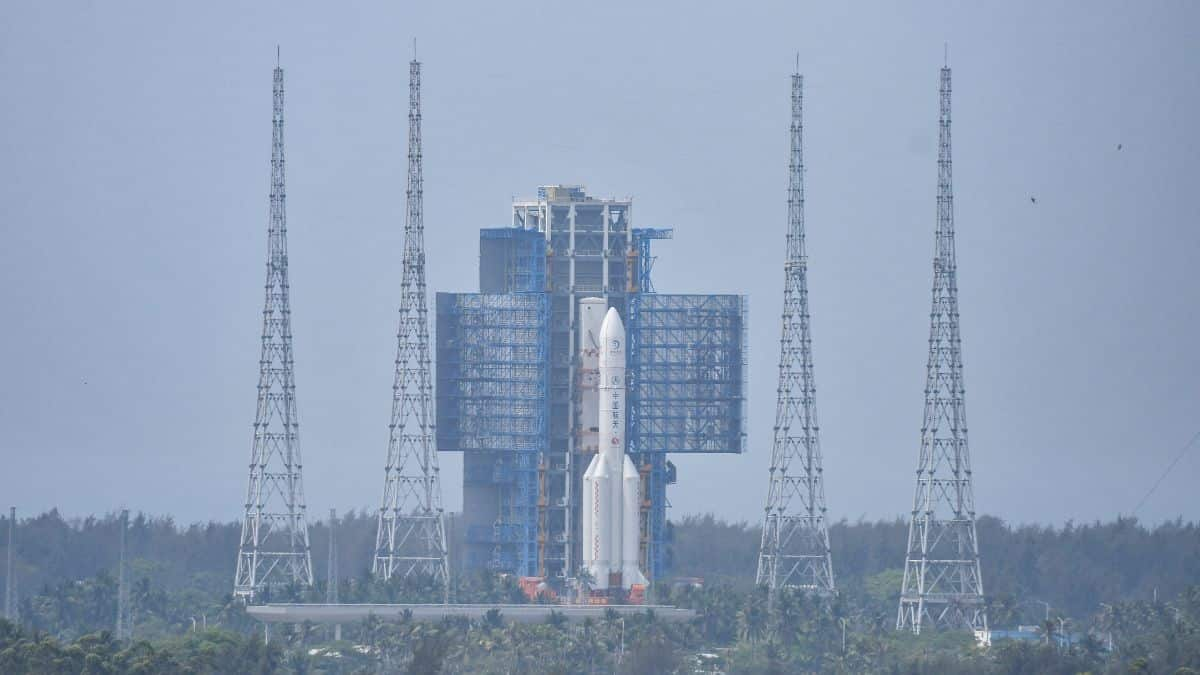China’s Chang’e-6 Mission to Collect Samples from the Far Side of the Moon
The upcoming launch of China’s robotic spacecraft Chang’e-6 is set to make a significant impact on lunar exploration. Here are the key highlights of this mission:
Overview of Chang’e-6 Mission
- Chang’e-6 will utilize the backup spacecraft from the 2020 mission to collect rocks and soil from the far side of the moon.
- The spacecraft will make a round trip to the region that has been permanently hidden from Earth’s view.
- It will rely on a relay satellite for communication during its 53-day mission orbiting the moon.
Collaboration and Payload
China will collaborate with countries like Pakistan, France, Italy, and Sweden to carry payloads on Chang’e-6. Pakistan aims to establish its presence in space exploration through this mission.
Exploring the South Pole-Aitkin Basin
Chang’e-6 will attempt to land on the northeastern side of the South Pole-Aitkin Basin, the oldest impact crater in the solar system. This region is considered crucial for lunar exploration.
Significance of Lunar Samples
The samples collected by Chang’e-6 will provide valuable insights into the early evolution of the moon and the inner solar system. This mission aims to fill gaps in our understanding of lunar origins.
Previous lunar samples were collected by the United States and China, but Chang’e-6 will focus on the far side of the moon, where volcanism is less active.
Future Implications
If successful, Chang’e-6’s mission will be a significant milestone in lunar exploration. Bringing back specimens from the moon’s far side will contribute to our knowledge of lunar history.
China’s ambitious plans for future missions, including Chang’e-7 and 8, demonstrate a commitment to further exploration of the moon and potential collaboration with Russia.















































